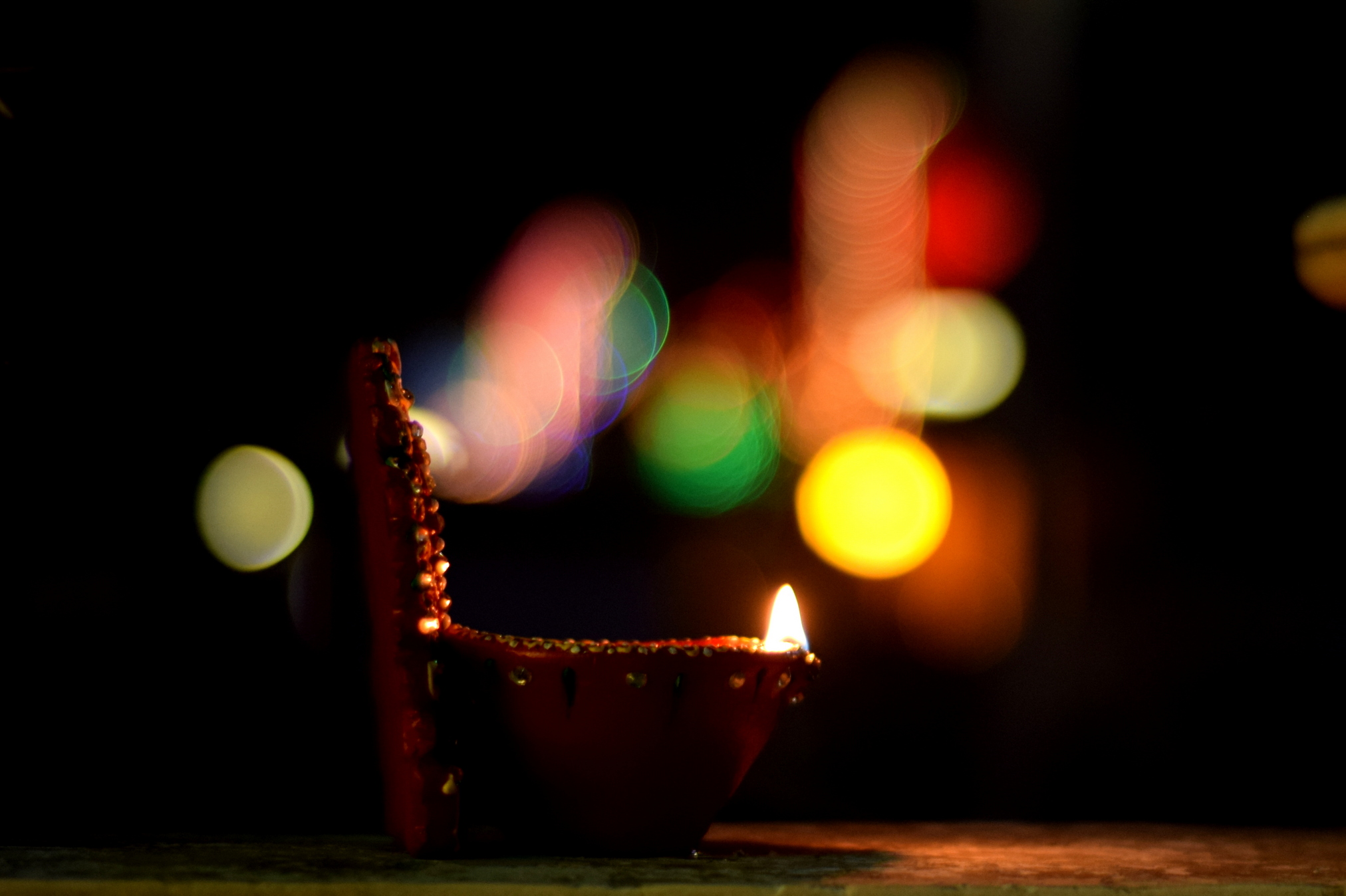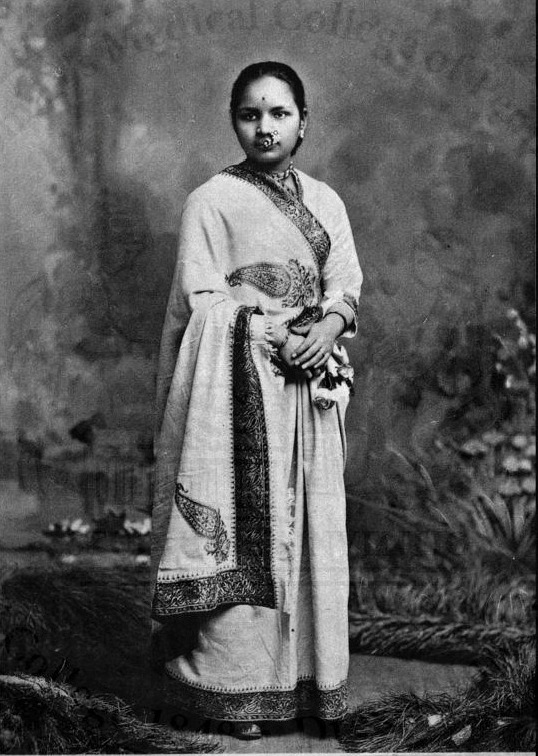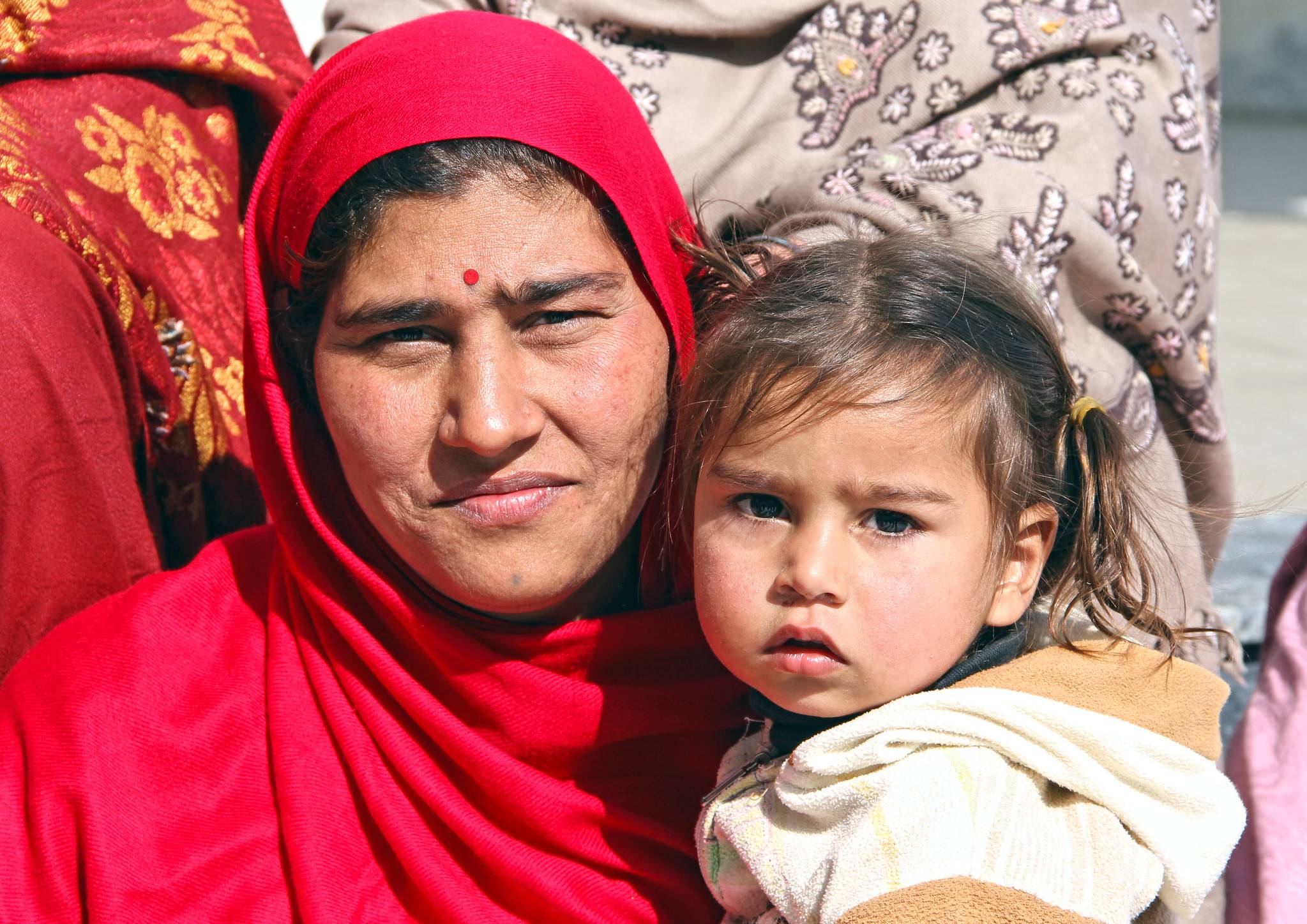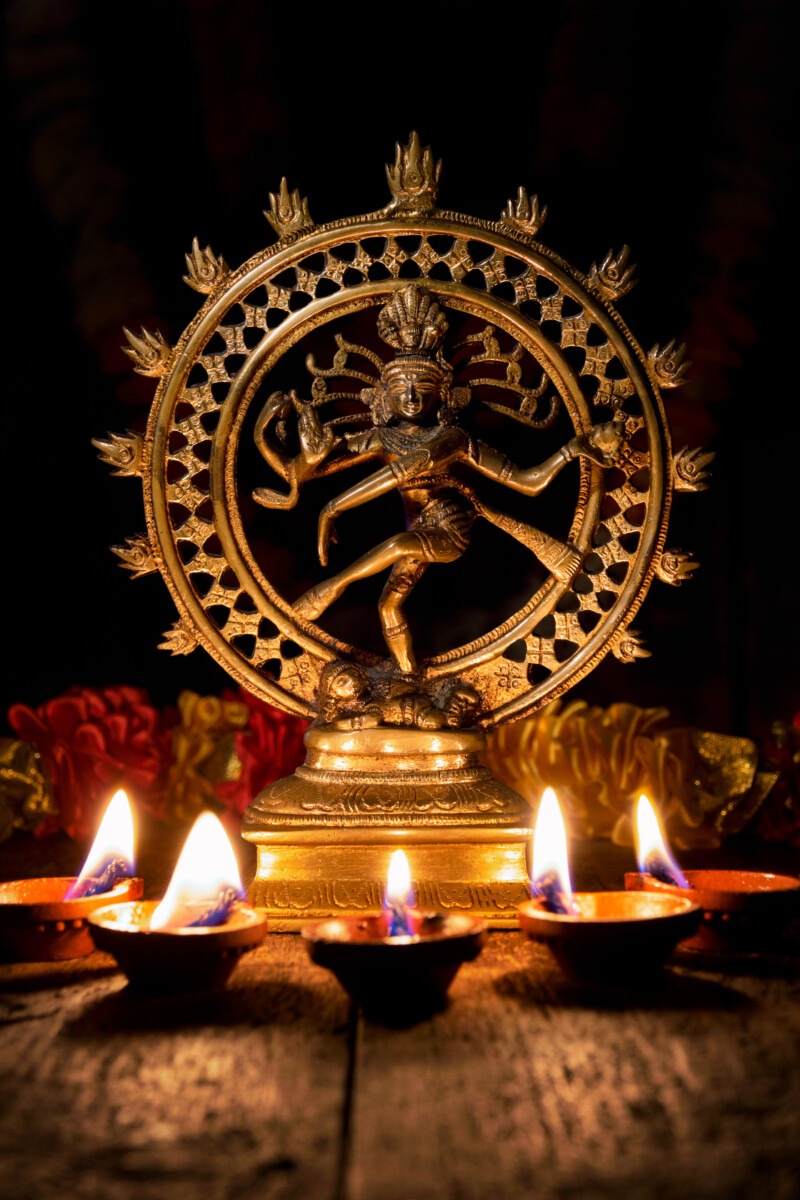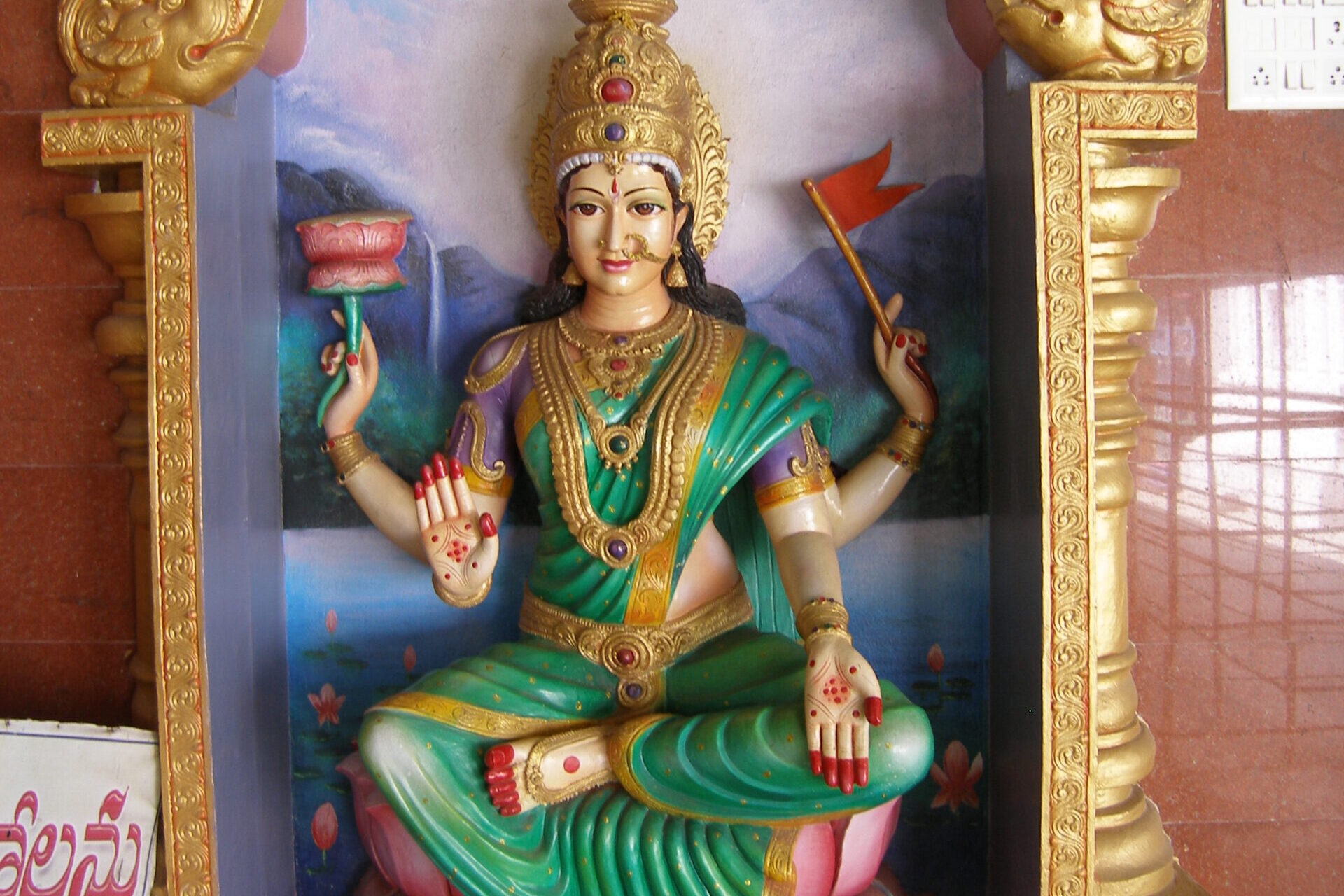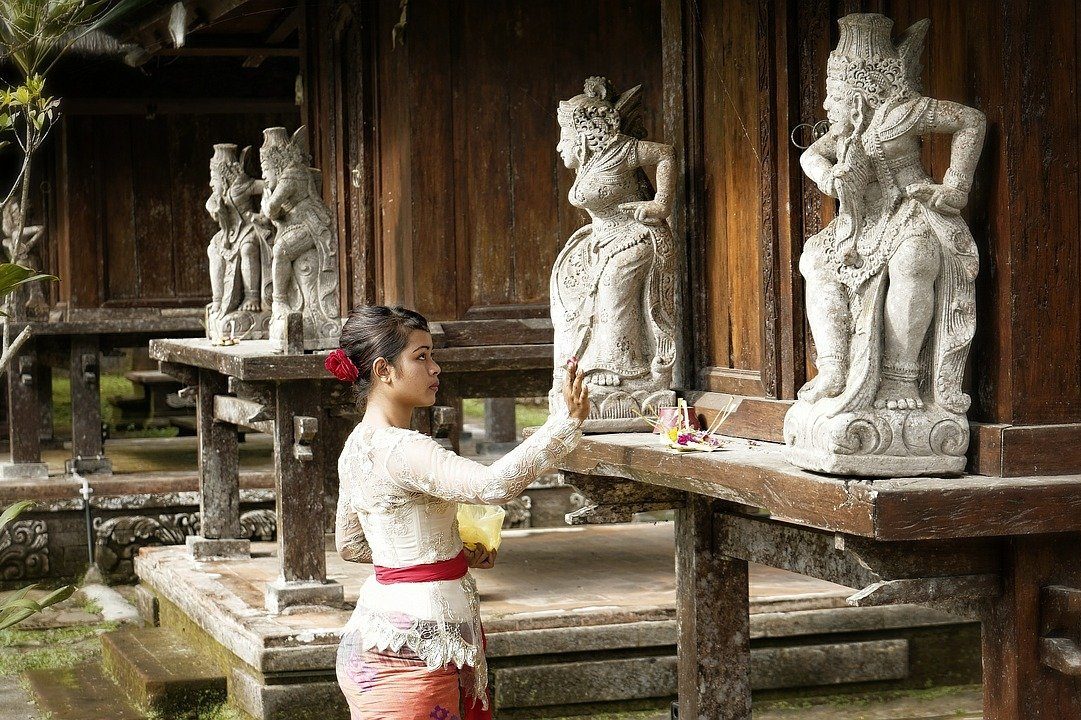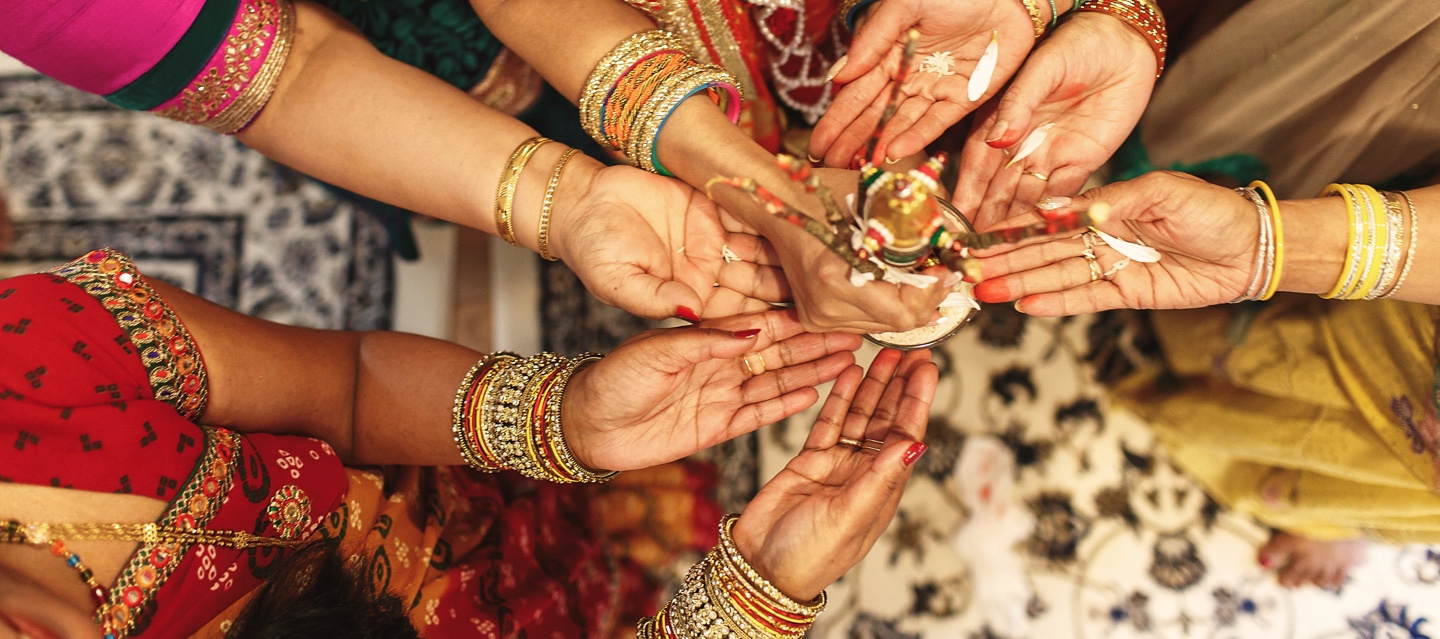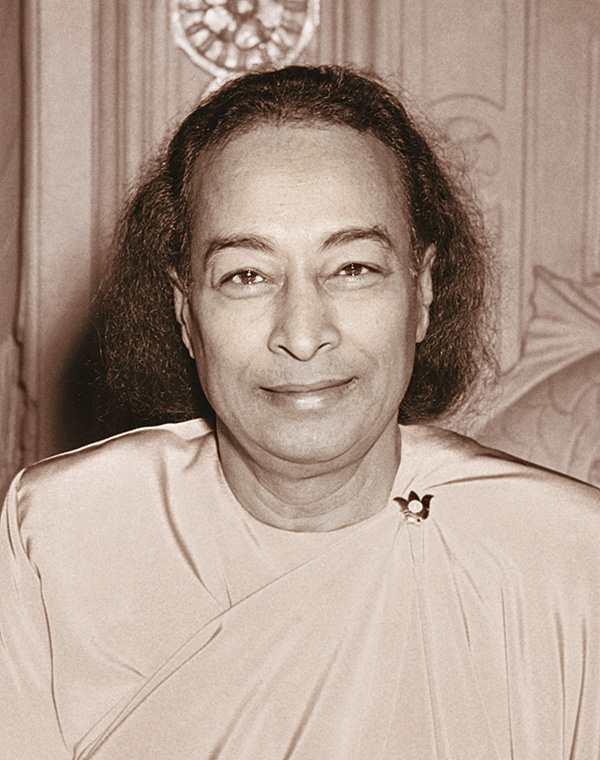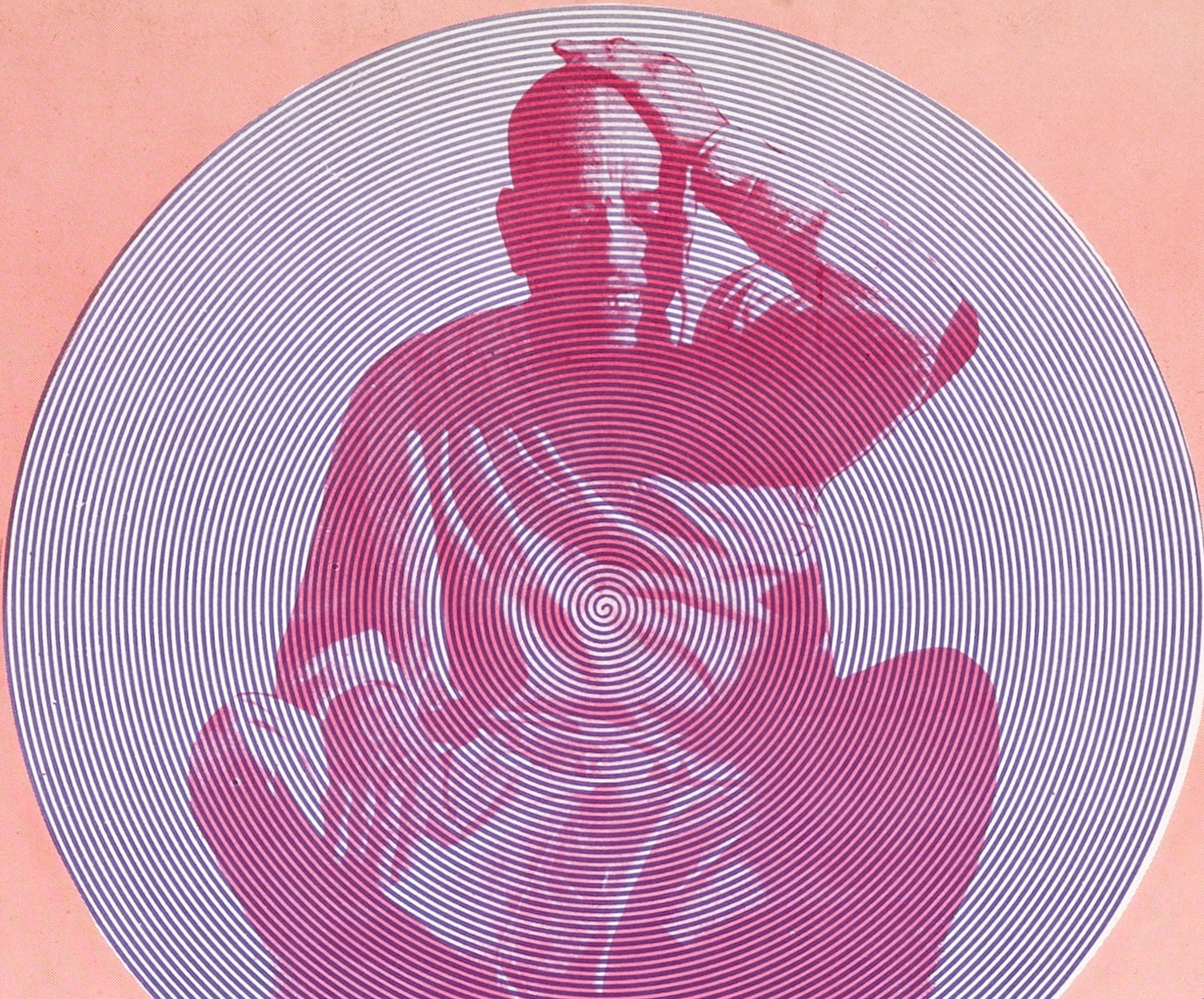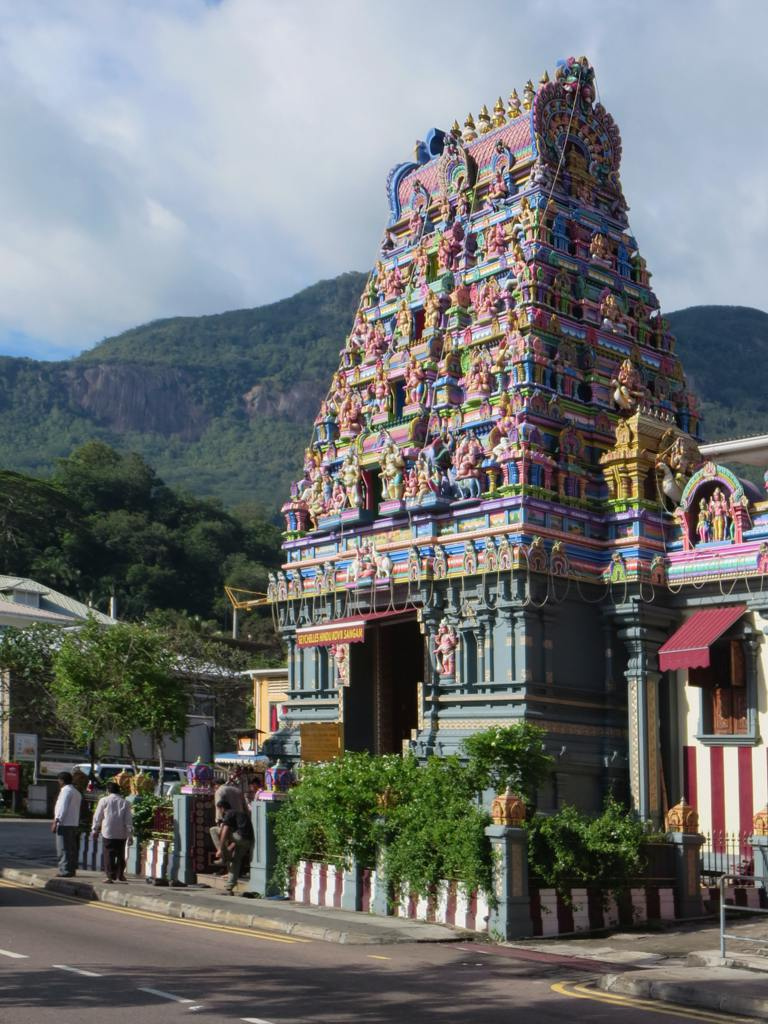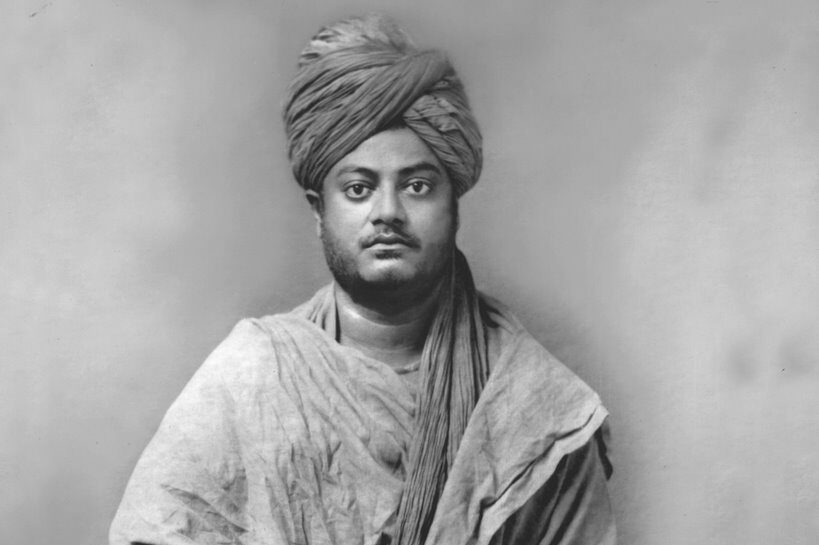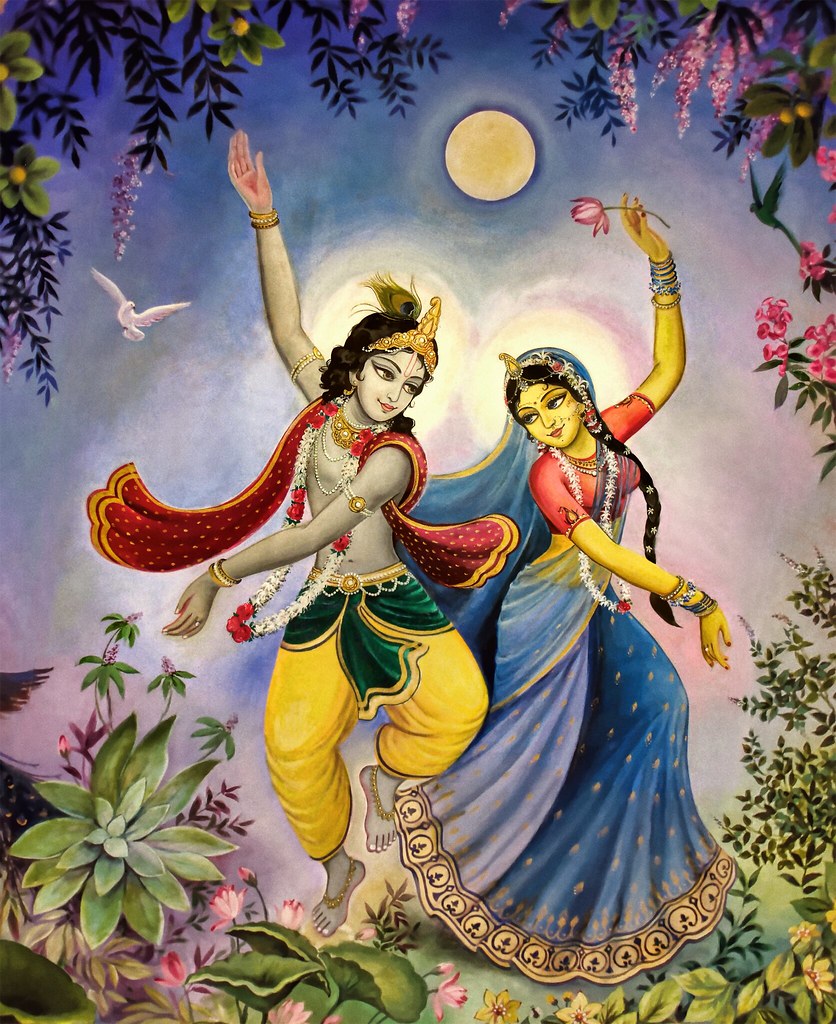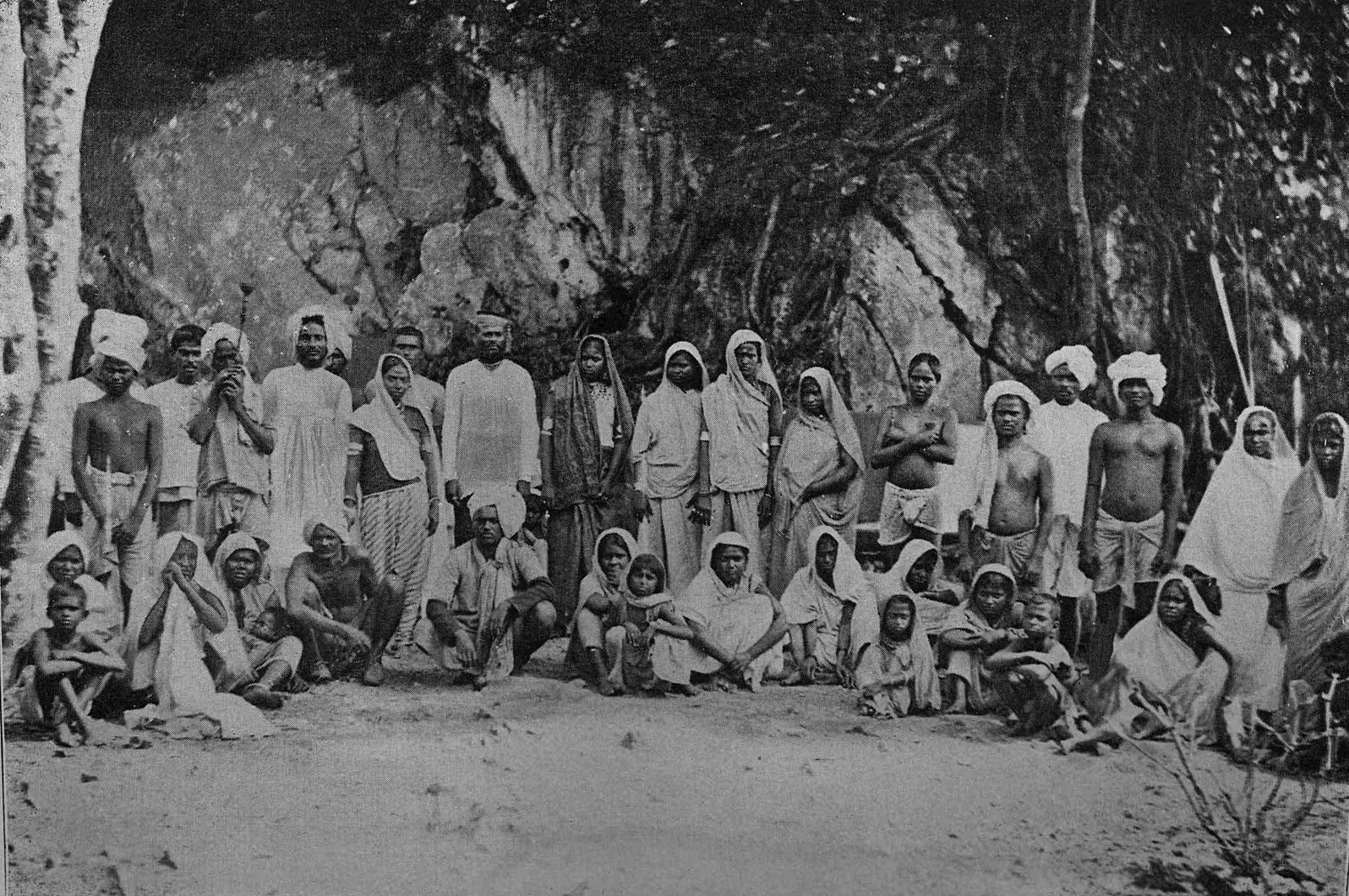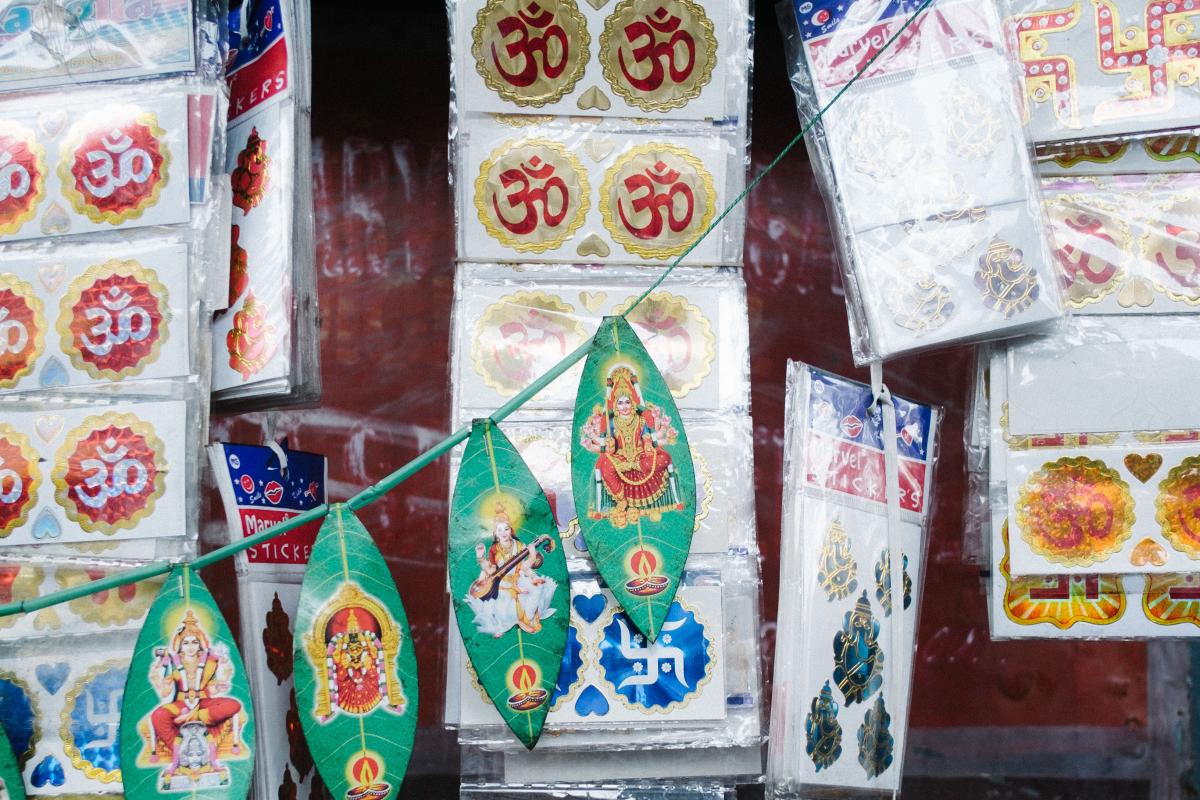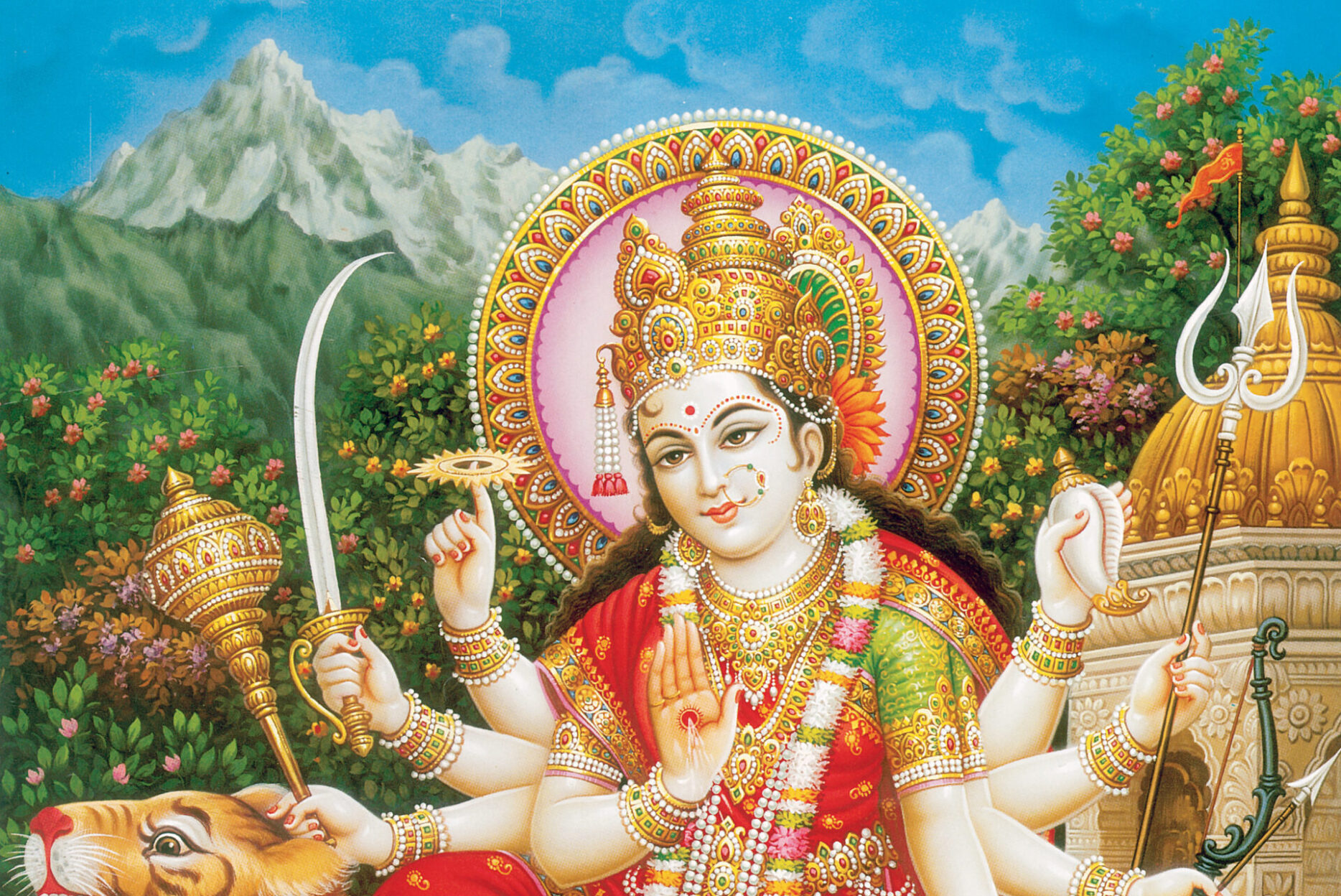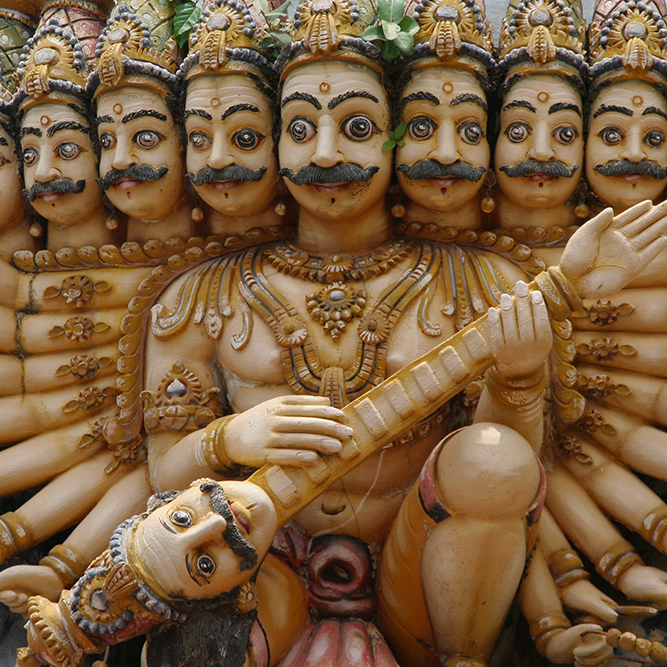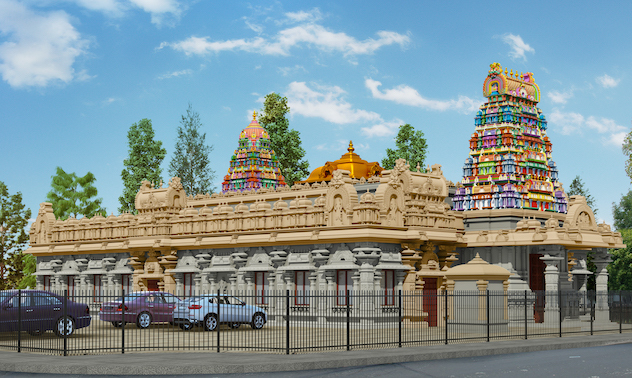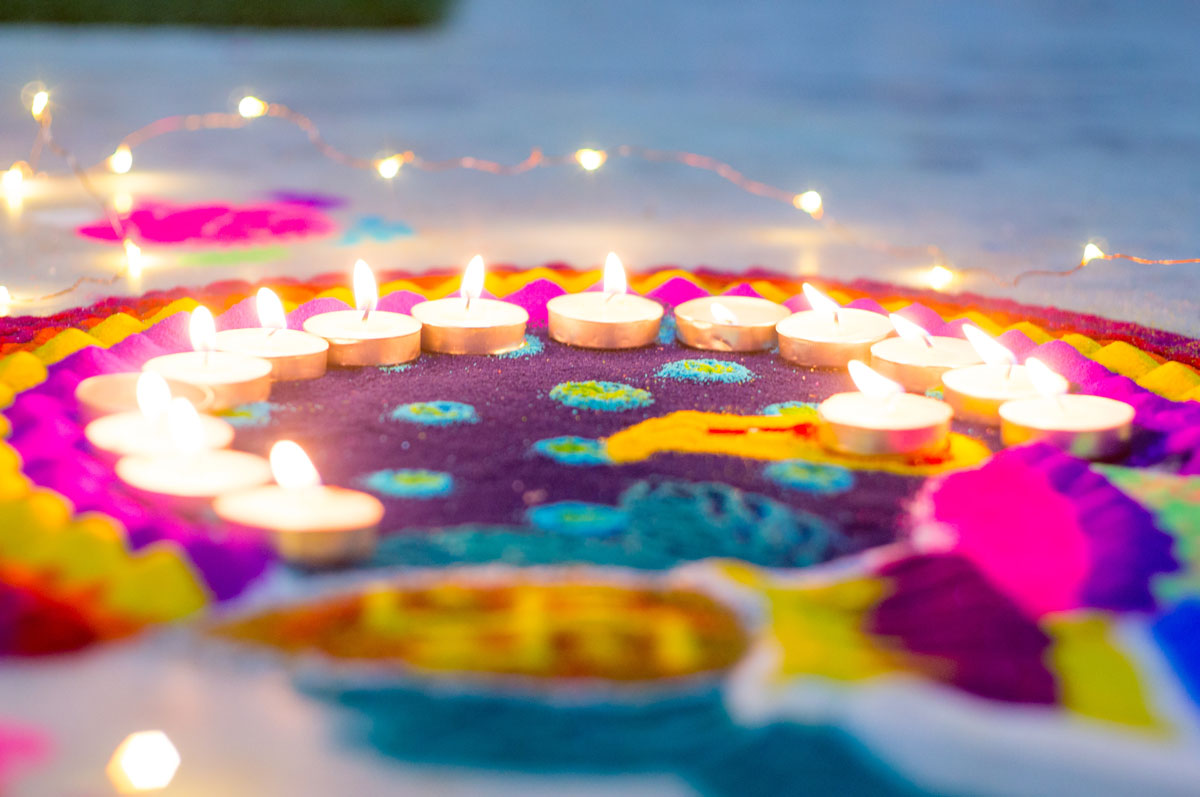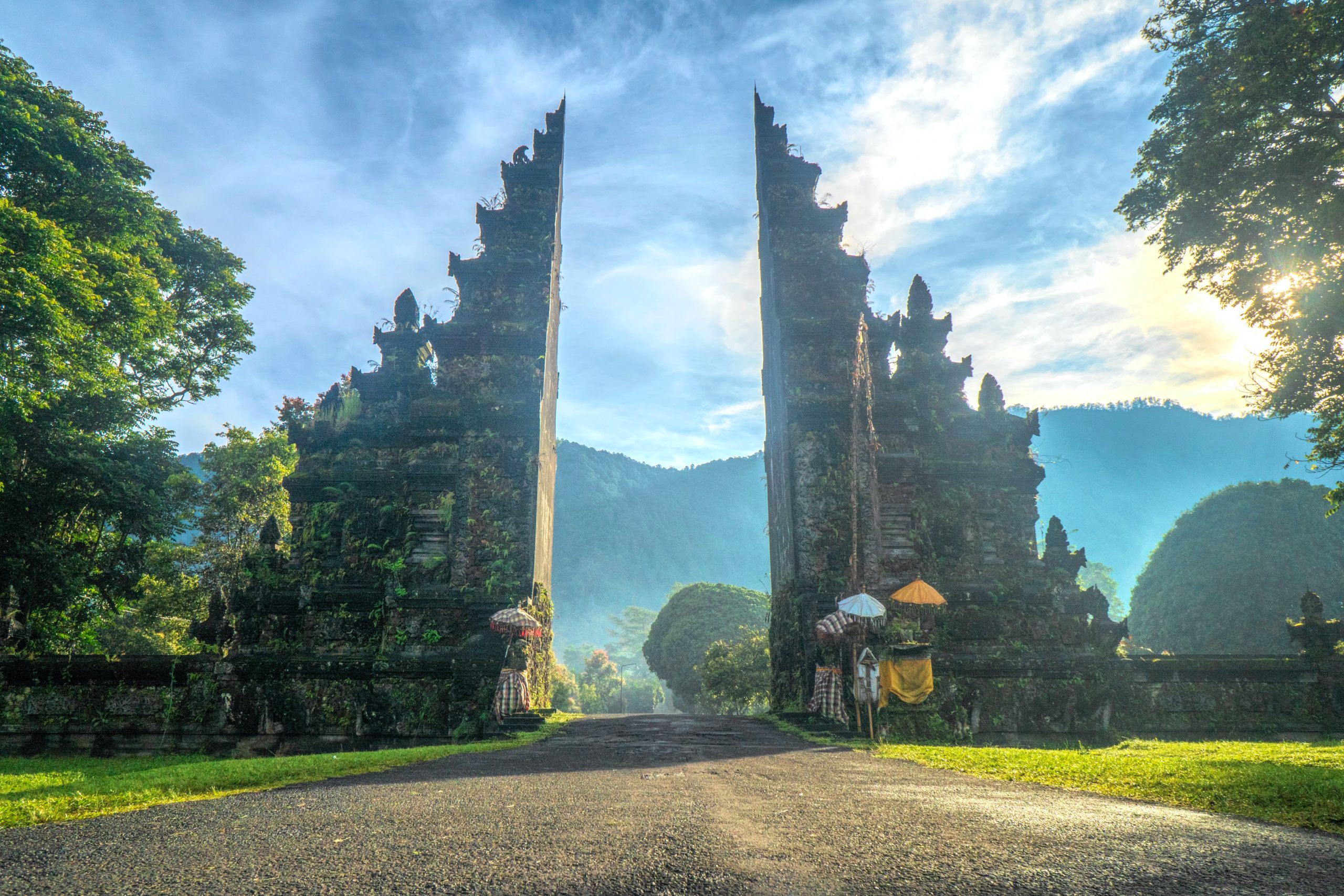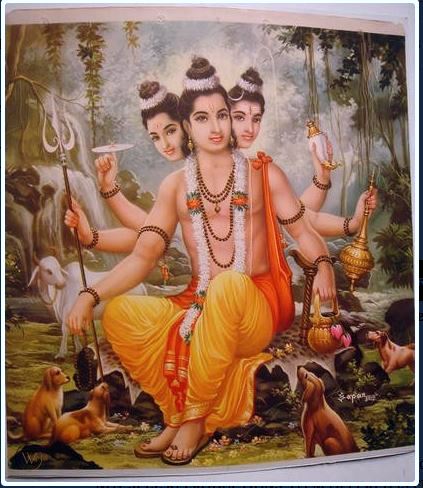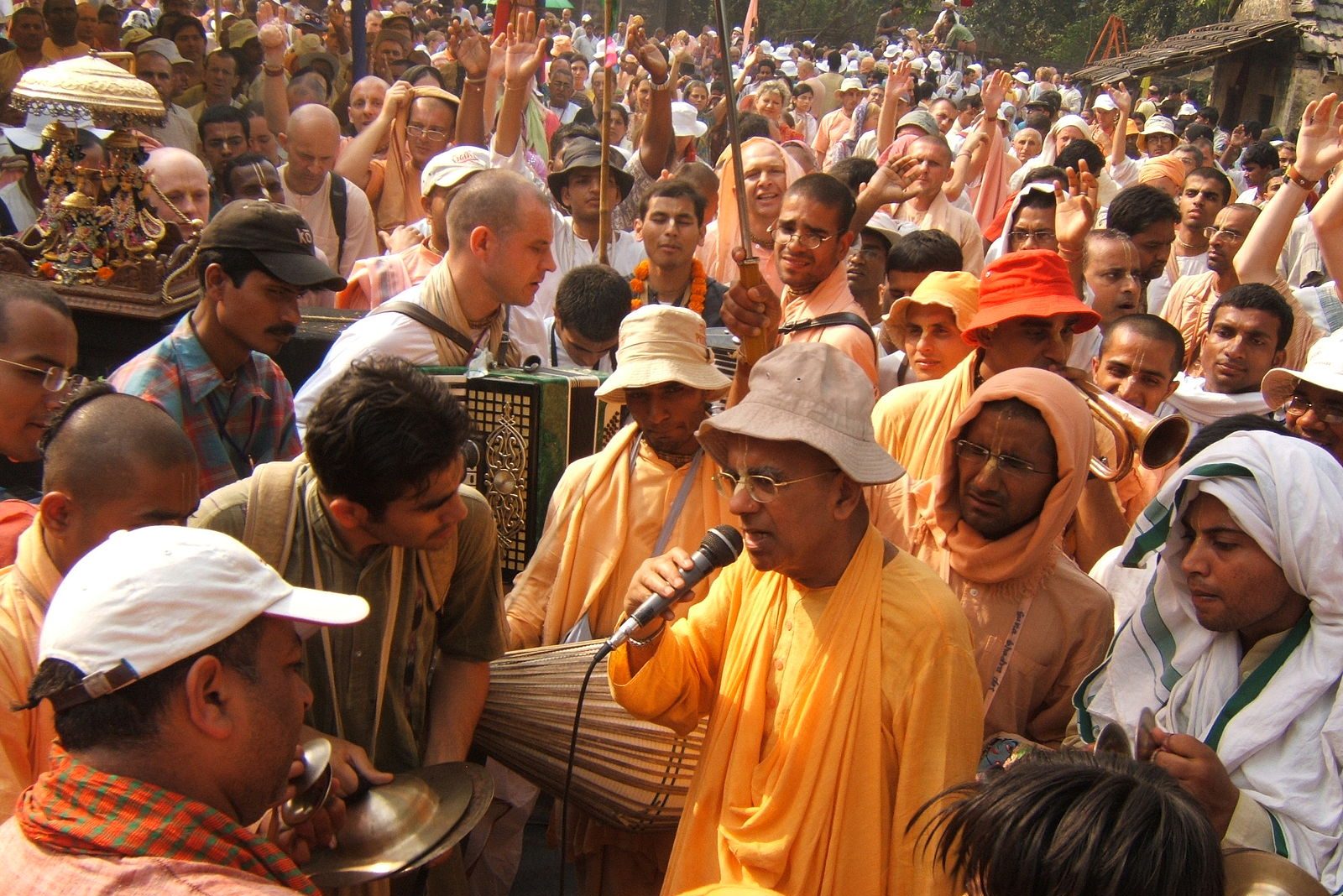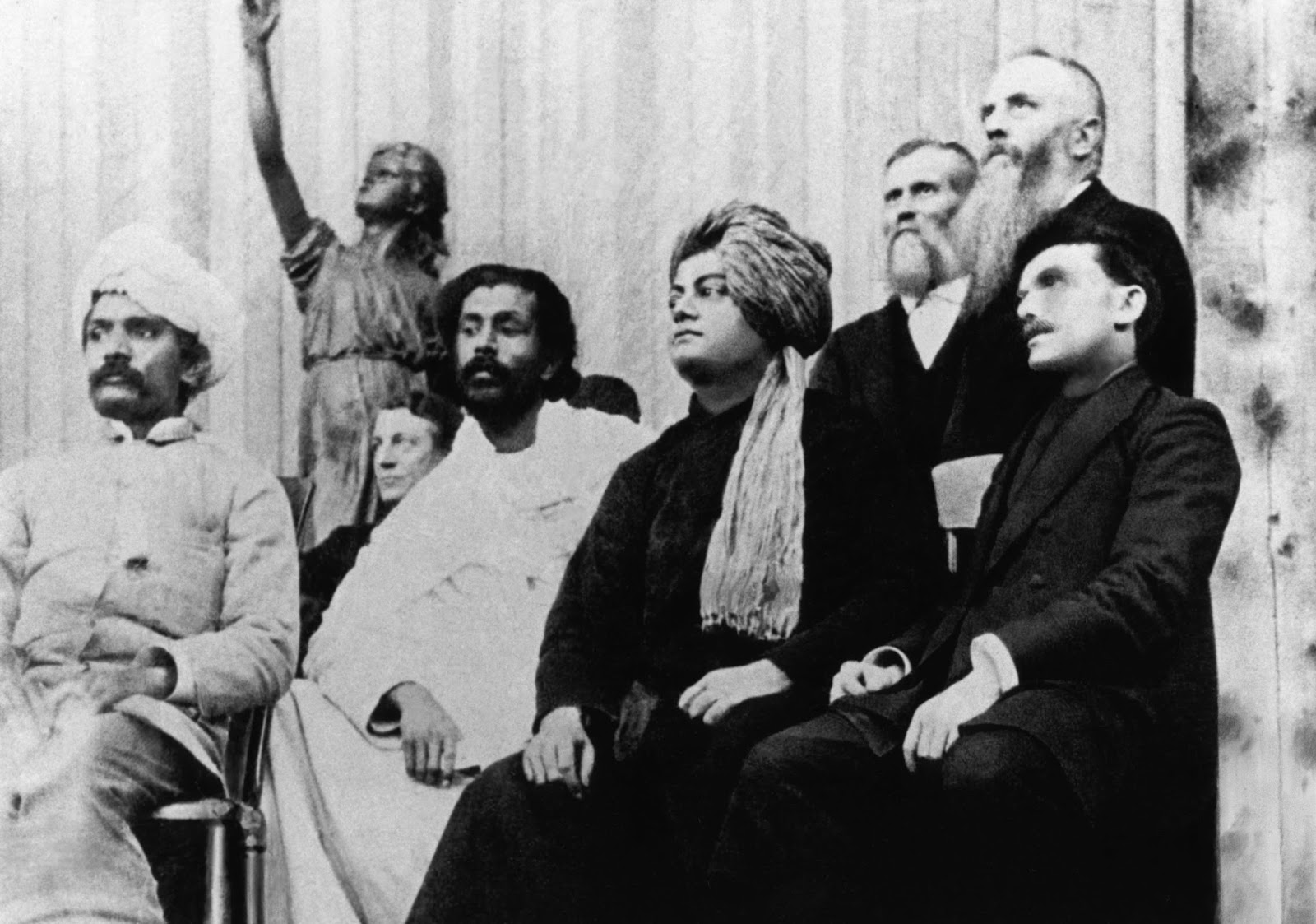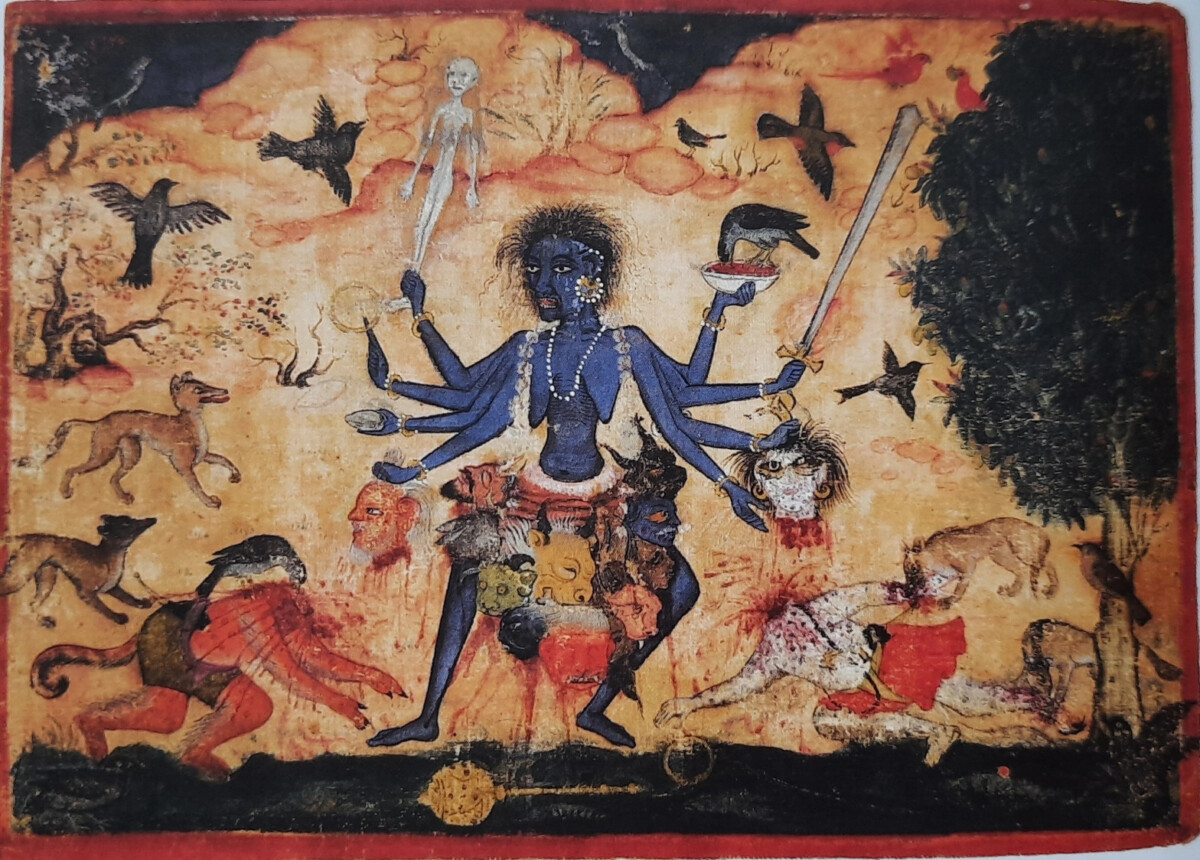

Goddess Chamunda, depicted in all her depravity, stands over her enemies, Chanda and Munda, holding their severed heads in her hands
The ultimate source of creation, according to sacred texts, comprises all of life’s dimensions, and includes, therefore, not only a masculine aspect, but a feminine one as well.
As the former is often compared to the sun, steadfast, transcendent, and boundless in nature, the latter is likened to the sun’s rays, or the revealed power of its inconceivable potency. Known, thus, as Shakti, or Divinity’s creative and energetic force, the feminine aspect is described as a motherly principle, whose compassionate light permeates the world, nurturing all facets of existence.
Sometimes delicate and graceful, sometimes harsh and unyielding, all of her expressions play a unique role in providing universal balance, and so all are considered sacred, revered by devotees through various goddess forms. Because, however, they are vast in number, usually only certain more popular ones get the due honor they deserve, despite the spiritual significance of numerous others.
In hopes, ergo, of helping to rectify such a fact, we’re here to pay a little homage to those who rarely get any. Though but a tiny fraction of the many worth learning about, at the very least, it’s a start. So, without further ado, here are three of them.
Let’s begin.
1) Chamunda
At first glance, the leading goddess on our list doesn’t look as one might expect, with the shapeliness, radiance, and elegance, typical of a feminine celestial.
Depicted instead in stark hues of red and black, her form is gaunt and emaciated, with a ragged tangle of matted hair, a scowling mouth of jagged fangs, and cavernous eyes of burning flame. Adorned in a garland of skulls, she sits atop the languid corpse of a man, surrounded by skeletons, beasts, and dark spirits, as a variety of ghastly items — like trident, snake, blood-filled cup, and severed head — are carried by her many hands, projecting the horror of her apparent depravity.
So corrupt she appears, in fact, it’s hard to believe she has anything to do with a tradition of spirituality, particularly in regards to the historicity of her veneration. When, for example, the layman hears speculation of her tribal origin, and the gruesome offerings of liquor and sacrifice made by ancient followers of the Vindhya mountains, the idea that perhaps she’s nothing more than a monstrous creation of a primitive people can be rather convincing. Yet, for those well versed in Hindu culture, the probability there’s more to her than meets the eye is all too likely. And, of course, upon deeper investigation of her sacred significance, one finds there certainly is.
The gentle and nurturing aspect of Shakti, per various traditions, is often revered as Parvati, Shiva’s consort, associated with love, devotion, and inestimable warmth. But just as a mother sometimes shows her fierce and protective side when the situation calls for it, Parvati, too, does the same, manifesting herself as Durga, a warrior form imbued with destructive potency. Sometimes, still, there are forces in the world so corrupt, an especially extreme expression of this potency is required, and such a time, according to different sources, is said to have taken place in response to Chanda and Munda, two merciless beings of unremitting strength.
Once, so the story goes, Durga, following a series of events, became engaged with them in battle, for they had been ruthlessly terrorizing the universe, unrelenting and unchecked. Formidable as they were, however, her fury was made to intensify so much that, in a dramatic explosion of anger, it literally erupted out of her brow, emerging as an abjectly primal embodiment of her inexorable rage.
Fearsome, unpredictable, and wholly untamed, this new form descended upon the enemies without hesitation, and before there was anything either of them could do, they were swiftly beheaded in an overwhelming display of power. Thus pleased by the service, Durga named the goddess Chamunda, for those she had vanquished, honoring her as a harrowing guardian of universal preservation.
Barbaric, therefore, as she seems, her brutality isn’t a product of savage ignorance, and nor, for that matter, is her veneration. Approaching her with the deepest of gratitude, devotees view her as a compassionate image of Divinity’s motherly force, existing, as she does, to protect the weak.
For though such protection doesn’t always look pretty, it should never be misunderstood. True love takes on many forms in this world, and each one is worthy of heartfelt recognition.
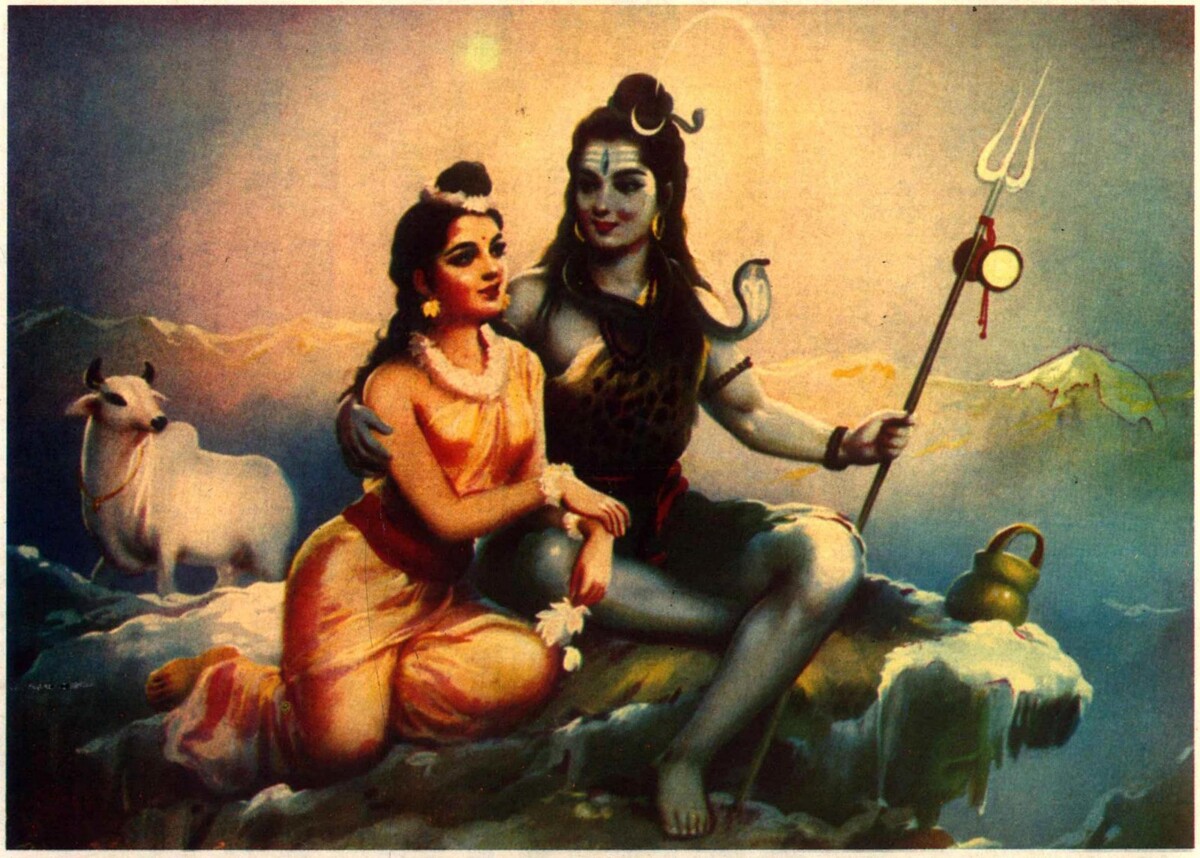
Shiva and Parvati, embodiments of the masculine and feminine principles of the Divine, sit peacefully together, radiating balance and strength
2) Kateri Amman
Much like Chamunda, this next goddess also appears gruesome in spirit, with but more to her than meets the eye. And while, like many others of venerable antiquity, her origin varies from source to source depending on the region, the most prominent telling can be traced to South India, rooted in the sacred teachings of Tamil tradition.
One time, according to the narrative, Shiva noticed Parvati quietly leaving their bed after they had retired for the evening, only to return just before sunrise. Upon yet asking where she had been, she claimed she had never left his side, and had no idea what he was talking about. Insistent as she was, Shiva pushed the matter no further, but when, regardless of her words, he noticed her leaving the next night again, he decided to get up and follow.
Unsure of what to expect, they soon arrived in the woods, where, to his horror, he discovered she had been assuming a terrifying form, excavating corpses, and devouring them. Determined to put an end to the madness, he discretely dug a hole in her path, causing her to fall in, as she realized Shiva had thus uncovered her secret. Ashamed of her actions and filled with remorse, she promised, thereby, to give up the morbid obsession and discard her activities without hesitation.
So shedding the frightful manifestation, she departed with her husband and put the incident behind her, returning home, once more, as his sweet-tempered wife. Left behind in the pit, however, this manifestation didn’t just dissipate, as one might expect. A unique embodiment of her fearsome countenance, the expression of Parvati’s is ultimately spiritual in nature, believed to still wander through the forest, engaging in various pastimes.
A part, therefore, of the compassionate aspect of the Divine, her actions, though apparently abominable, are full of meaning, beyond the misconceptions of mundane vision. Bewildering though it feels, her association with corpses is actually positive, symbolic of her control over the world’s devastating influences, including death, decay, disease, and destruction.
Because of this, devotees approach her as a magnanimous shelter of the vulnerable, calling her Kateri Amman, or the feral goddess of the wild. Shielding the sincere, she is a subduer of life’s volatile forces, forever taking on the darkness for those who are unable.
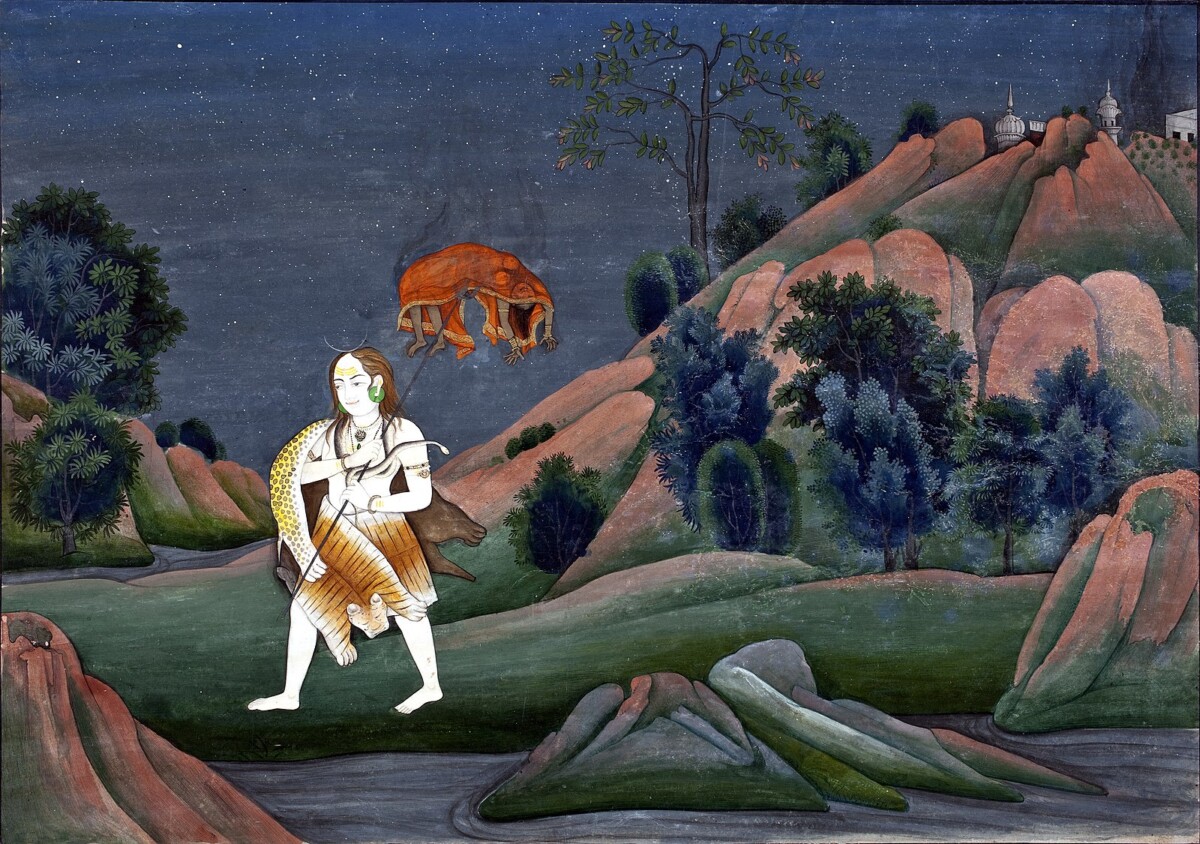
Shiva, consumed by grief, carries the body of his deceased wife, Sati, through the universe, destroying anything and everything that stands in his path
3) Jwala Ji
Before manifesting in the especially revered form devotees know her as today, Parvati, per different texts, was a queen named Sati, who, in a previous life, was also married to Shiva. From her, the genesis of our final goddess was set into motion.
As it happened, Daksha, Sati’s father, found Shiva’s unconventional dress and behavior unworthy of his prestige, and, because of this, was deeply unhappy with their union. To therefore express his gratuitous contempt, he made plans to host a grand event, and intentionally left their names off the invite list to spite them.
While Shiva was completely unfazed by the obvious slight and happy to remain at home without incident, Sati longed to see her family and friends again, and so went to the affair anyway, hoping her appearance would turn out for the best. Yet when she arrived and it was clear she was being ignored by her father due to her marriage, she seethed with anger, escalating to a state of uncontrollable fury. Unable to bear the disrespect to someone as exalted as her husband, she felt ashamed of her familial connection with Daksha, and thereby decided to leave her body, bringing an end to her life through yogic powers.
Upon learning of his wife’s untimely death, Shiva’s rage knew no bounds. Willing, albeit, to withstand any insults to himself, those to his devotees — especially ones as great as his wife — were particularly intolerable. Hence consumed by grief, he took Sati’s body and went on a cosmic rampage, destroying anything and everything that stood in his path. Faced, as a result, with the possibility of creation’s sudden collapse, Vishnu (the universal preserver) cut Sati’s body into 51 pieces, removing the object of Shiva’s sorrow.
As Shiva, thereafter, regained his composure, allowing the universe to restabilize, each piece of Sati’s body is believed to have fallen on Earth, becoming different places of spiritual significance. Of them, her tongue, according to the narrative, fell in the Kangra district of Himachal Pradesh, giving rise to a goddess named Jwala Ji, who manifests as a sacred flame, burning eternally through fissures in the age-old Himalayan rock, as a symbol of purity, truth, and the inextinguishable power of faith.
The subject of further lore, this blazing goddess, it’s said, appeared in the dream of an ancient king named Bhumi Chand, directing him to find her fiery presence and build a temple in her honor. So discovering her with the help of a local cowherd who himself had perceived her manifestation, he basked in the light of her spirit and proceeded to establish a shrine, doing as she instructed.
Before long, it grew into an immensely popular pilgrimage site, garnering the interest even of Emperor Akbar, who, skeptical of the flame’s spiritual origin, went there and attempted to extinguish the fire. As she continued to burn, however, despite his best efforts, he too eventually submitted to her power and offered his respects, enhancing the renown of the goddess’ venerable stature.
Thus following in his footsteps, today devotees from all over the world flock to the site, hoping to similarly honor her presence and seek her blessings. Though born of rage, her fiery form is more than just the product of blind fury. It is an insatiable emblem of her divine love, shining for all who come and approach her humbly.



